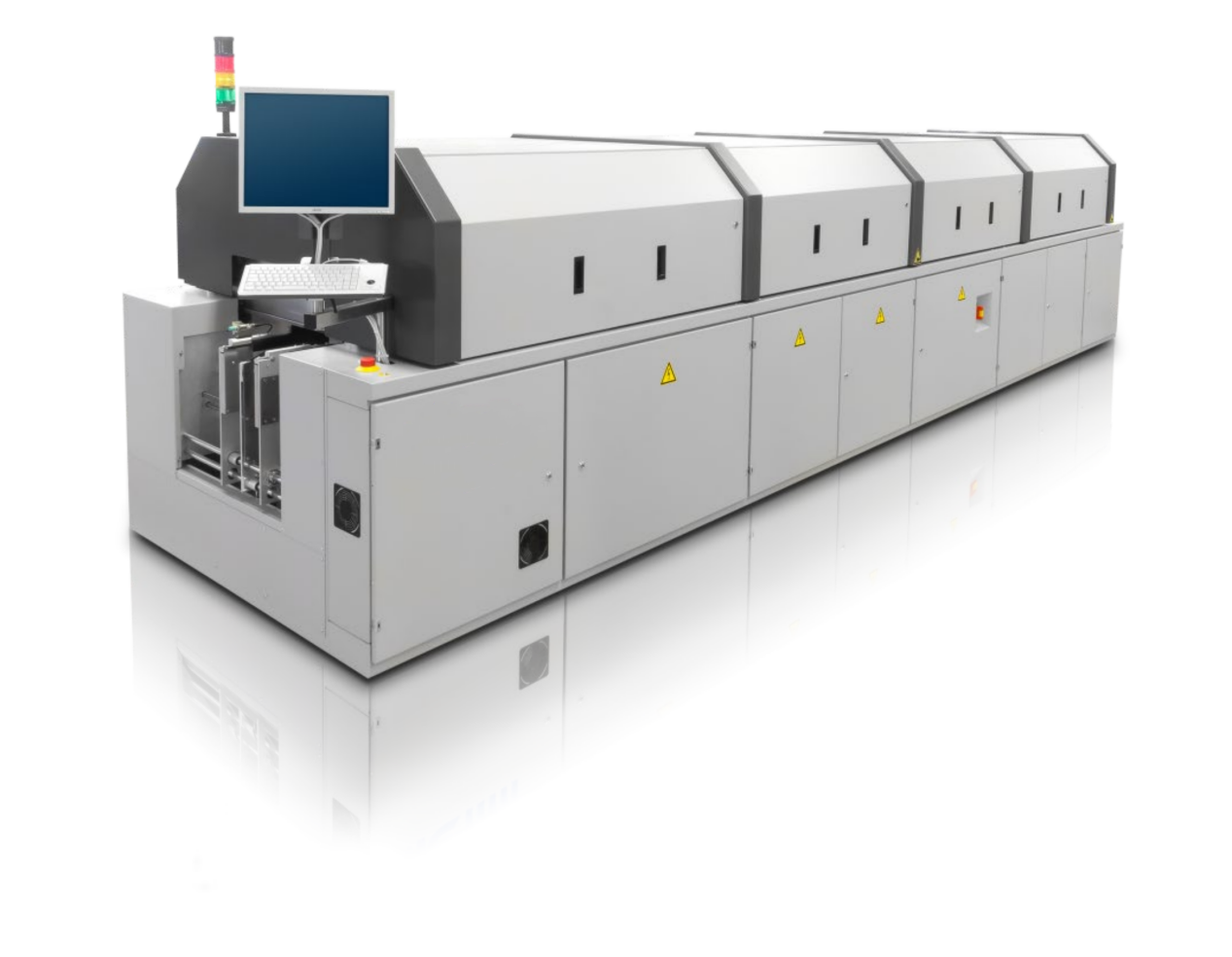How to set the reflow soldering temperature curve in detail
Release time:2024-02-28Publisher:Jeenoce
The essence of the reflow soldering temperature curve is to describe the heat capacity state of SMT at a certain position. The reflow soldering temperature curve is influenced by multiple parameters, among which the most critical are the conveyor belt speed and the setting of temperature in each zone. The speed of the conveyor belt and the temperature setting of each zone depend on the size of the SMT, the density of components, and the furnace density of the SMT. Let's take a look at JEENOCE.

Setting the reflow soldering temperature curve first considers the speed setting of the reflow soldering conveyor belt, which will determine the time spent by the PCB in the heating channel. A typical solder paste requires a heating time of 3-4 minutes, which is calculated by dividing the total heating channel length by the total heating time to obtain the accurate conveyor belt speed.
The speed of the reflow soldering conveyor determines the duration of exposure of the PCB to the temperature set in each reflow soldering area. Increasing the duration can bring the surface assembled components closer to the temperature setting in that area.
Next, it is necessary to determine the temperature settings for each zone of reflow soldering. Due to the fact that the actual temperature in the interval may not necessarily be the displayed temperature in that area, the displayed temperature only represents the temperature of the thermistor in the area. If the thermocouple is closer to the heating source, the displayed temperature will be higher than the actual temperature in the range. The closer the thermocouple is to the direct channel of the PCB, the more accurately the displayed temperature will reflect the actual temperature in the range.
After determining the reflow soldering speed and temperature, input the parameters into the controller of the soldering furnace to adjust the set temperature, fan speed, forced air flow rate, and inert gas flow rate. After the furnace is stable, the production of the reflow soldering temperature curve can begin. Once the initial temperature curve is generated, it can be compared with the curve recommended by the solder paste manufacturer.
Firstly, it is necessary to ensure that the total time from ambient temperature to peak reflux temperature is coordinated with the desired heating time. If it is too long, increase the conveyor belt speed proportionally. If it is too short, the opposite is true.
Next, the shape of the graph curve must be compared to what is desired. If the shape is not coordinated, it should be compared to the graph below. Choose the reflow soldering temperature curve that is most in line with the theoretical graphic shape. The deviation from left to right (process sequence) should be considered. For example, if there is a difference between the preheating and reflux zones, the difference in the preheating zone should be adjusted first. Generally, it is best to adjust one parameter at a time and run this curve setting before making further adjustments. This is because a change in a given region will also affect the results of subsequent regions.
When the final reflow soldering temperature curve is as close as possible to the desired graph, the furnace parameters should be recorded or stored for future use.
Before making the actual reflow soldering temperature curve, the following equipment and auxiliary tools need to be prepared: temperature curve tester, thermocouple, tool for attaching thermocouple to PCB, and solder paste parameter table, etc.

